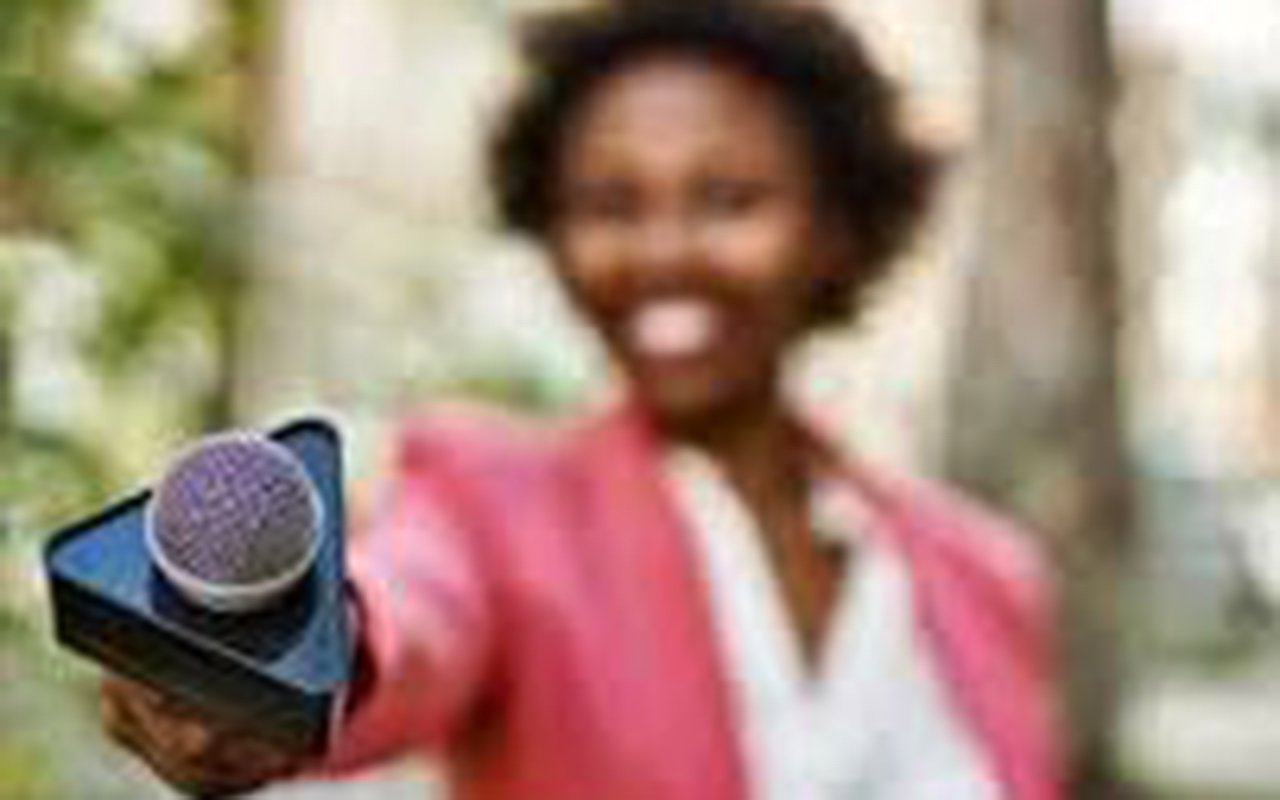Prime
Why scientists and journalists must build a cordial working relationship

A journalist conducts an interview. Photo/Courtesy
What you need to know:
- Science communication is a matter of facts, and evidence-based. If a scientist says something and you don’t understand, ask for clarity or more explanation to avoid publishing stories with errors.
As a journalist, I have been in spaces where researchers and journalists come together not only for the former to share their research findings, but to interact, learn from each other and form a better working relationship.
A cordial relationship between two disciplines matters a lot because they help shape peoples’ understanding’ of the world, and journalists act as a bridge between the worlds of science and society, and so it is important that they unite and collaborate to offer understanding on diverse health and science related areas such as human health, water, environment, climate change, among others.
Bolstering the relationship between journalists and scientists helps deal with the issue of mistrust the latter have against the former. I have heard first hand researchers say they mistrust journalists either for misquoting them, or the fear of ‘watering down’ their research findings, and as a result, some scientists withhold information.
Here is the truth, journalists don’t ‘water down’ researchers’ findings for the sake. We are trying to make your findings and information as simple, precise, and engaging as possible for our respective audiences to understand.
We follow the principle of simplicity and brevity taught in journalism schools. Under this principle, journalists must write with simplicity-in such a way that audiences can easily understand the content without having to read it multiple times. The goal is to break down even the most complex concepts so that everyone “gets it.”
If the audience doesn’t get it, we have not communicated, and whatever scientists intend to achieve through their scientific findings such as raising the public awareness of and interest in science, influencing people’s attitudes and behaviours, informing public policy may not be achieved.
That is why it is vital for scientists to communicate their findings in simple ways journalists can understand and communicate it to the public as opposed to using complex or unfamiliar terms that can lead to misunderstandings or distorting the information.
For journalists, regardless of the beat you report about, the onus is on us to uphold the core values of journalism which include: truth and accuracy, independence, ethical conduct, among others.
Science communication is a matter of facts, and evidence-based. If a scientist says something and you don’t understand, ask for clarity or more explanation to avoid publishing stories with errors.
According to Alliance for Science, science misinformation distorts public policy priorities, erodes trust in institutions and hurts communities. The biggest casualty of science misinformation is the public, often in a dilemma heightened by confusion, conflict, and conspiracy theories circulating on news platforms.
As journalists, let us not play part in disinformation and misinformation to protect our credibility, and let us remember that when a scientist is misquoted in the media, it stains their reputation and they can lose public trust.
As journalists strive to build a genial relationship with scientists, it is our obligation as journalists to report responsibly.
However, scientists also have a duty to share accurate information with journalists, and ensure it is well understood.
Otherwise giving journalists misleading information not only makes a scientist lose his or her credibility, but some journalists have also complained that some scientists share certain information but when they receive public backlash, they accuse journalists of misquoting them.
Different partners are putting measures in place to address the issue of mistrust between journalists and researchers.
Recently, I was lucky to be invited to attend a workshop in Cairo organised by Nile Basin Capacity Building Network Foundation (NBCNB) in partnership with InfoNile and other partners.
The workshop which was attended by scientists and journalists from Nile-Basin countries seeks to improve the communication between the scientific community, the media, and audiences in the Nile Basin, including local communities, individuals and organisations working in the fields of water and environmental conservation, as well as policy makers.
During the workshop sessions, each profession presented to the other the processes they go through to produce stories (for journalists), and research findings (for researchers). This made them appreciate each other’s roles and promised to work together to improve science communication on the continent.
As I conclude, journalists and scientists need each to better our communities through research and information sharing. Let us be friends, and not foes.
Vivian Agaba, Freelance health/science journalist




